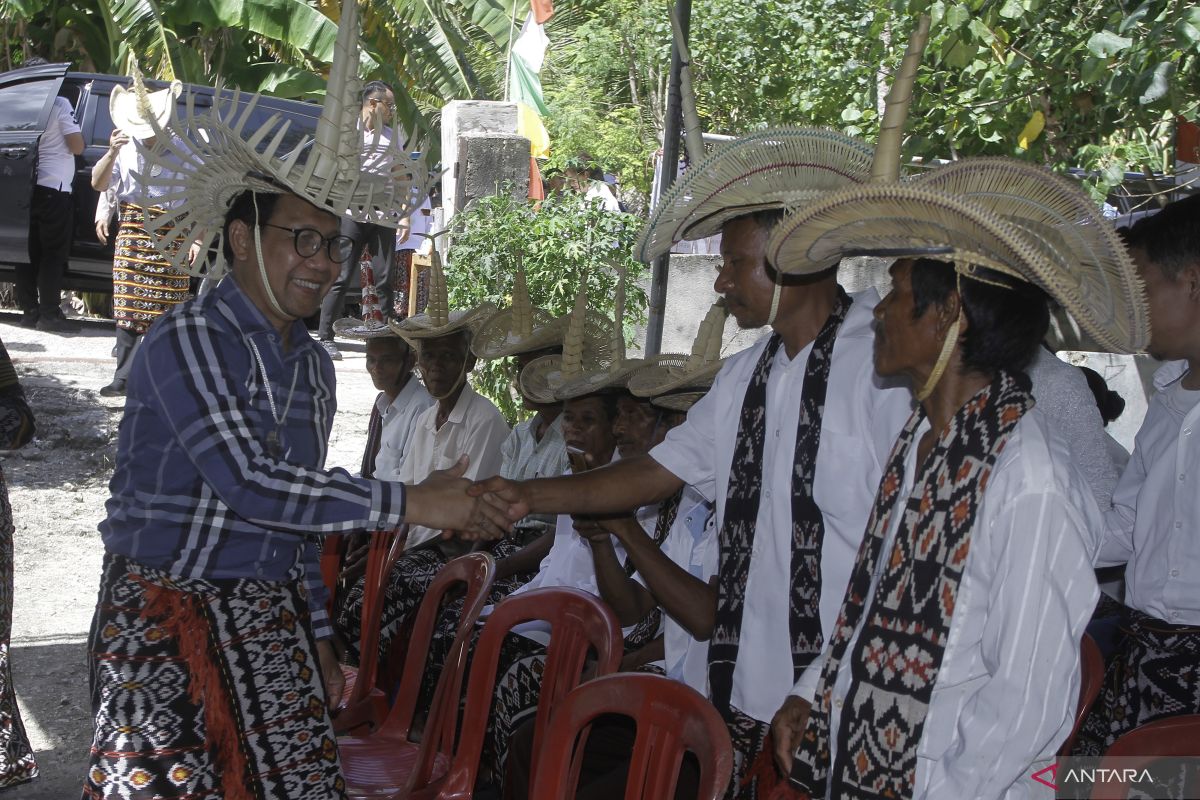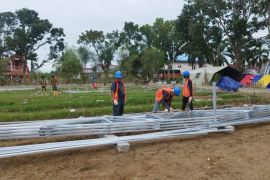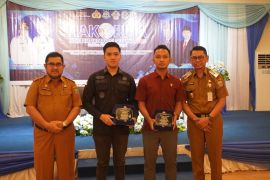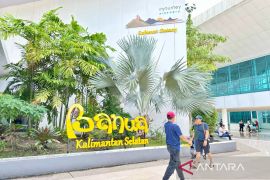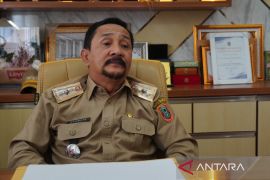Kupang, E Nusa Tenggara (ANTARA) - Villages, Development of Disadvantaged Regions, and Transmigration Minister Abdul Halim Iskandar has said that his ministry is pursuing the implementation of a lump sum model for village operational fund accountability.
"We are fighting for the three percent realization of the village operational fund, not in the form of at-cost but lump sum," he said at point zero of Indonesia's southernmost region, Rote Ndao district, on Saturday.
The lump sum model is related to the ministry’s program for 2023, which has changed in terms of the village fund budget and implementation.
A village fund can be used for national priority programs based on each village's authority, but the spending on the village administration operational fund cannot exceed three percent of the total budget received by each village.
This policy was included in Ministerial Regulation No.8/2022 concerning priorities in using village funds, Article 6, Paragraph 2, after a long deliberation with related parties.
Iskandar said that the lump sum model will allow each village chief to use the village fund accountably.
"The lump sum model does not burden the village chiefs in utilizing the three percent of the total budget obtained," he added.
According to him, if the at-cost model is used, it will burden the village heads in managing the village fund.
The minister said he is optimistic that village heads in Indonesia, especially in Rote Ndao, will use the village fund based on the existing rules.
In general, since 2015, at least Rp750 trillion has been disbursed by the government for the village fund budget, he added.
As a result, the village fund's benefits have been felt positively by people in villages, urban areas, and even in borders and underdeveloped areas.
Earlier, at the 2022 South Sumatra's Food Independence Movement (GSMP) seminar on reducing poverty and stunting rates, Iskandar emphasized that 20 percent of the village fund should be used to accelerate efforts to build national food security.


